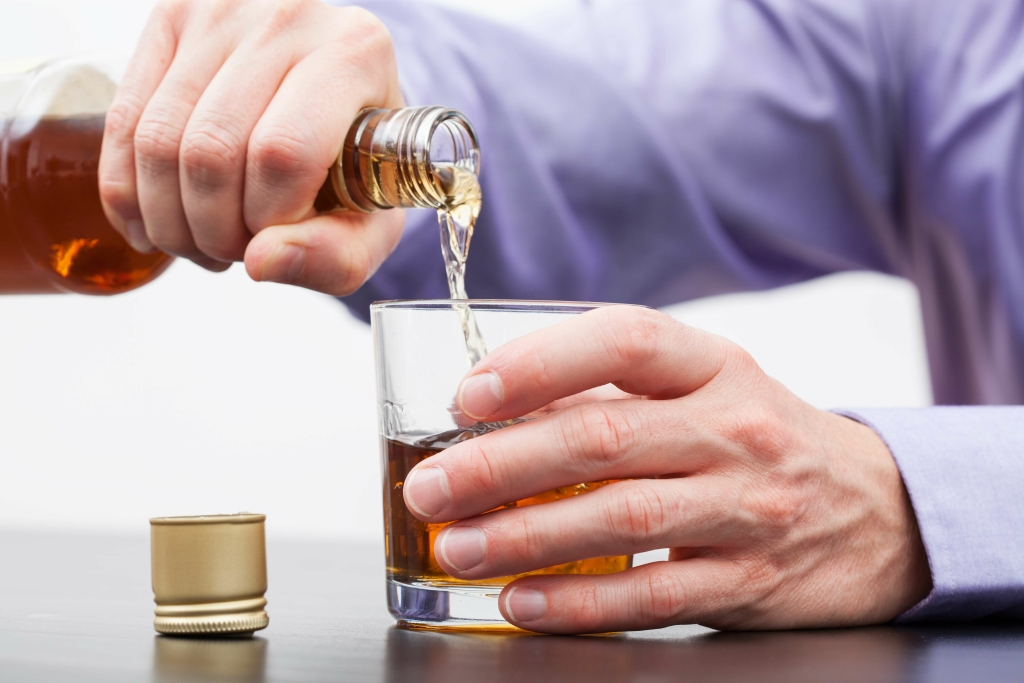As part of their rights in this manner, they are able to re-test samples using new techniques that are developed to determine if a prohibited substance was in use during the event. They can then go back retroactively to change the outcome as a way to hold the person accountable to their actions. That means if a shift in the rules takes place, it is possible for doping activities, real or perceived, to be used as a way to control the outcome of events from an organizational level. Doping activities create the potential of long-term negative health effects, even if they do offer added strength to a person’s tendons, bones, and muscles.
Substance Use Treatment
- However, these medicines are not approved for use by healthy people, in higher doses or in combination with other substances.
- However, we are now seeing novel synthetic designer androgens, such as tetrahydrogestrinone (35, 36) and madol (37).
- Narcotic analgesics – these are painkillers that are used to help an injured athlete continue to train and perform in big competitions despite their injury or allow an endurance athlete to tolerate a greater level of pain.
- In combination with exercise, stimulants can take a normal heart beating like this, to a heart that’s beating dangerously fast.
In both cases, the supply and use are centrally managed in order to manage the risks of substance use for individuals who would be otherwise incapable of doing this effectively on their own. Though systematic doping is often done for collective performance enhancement, related concerns include avoiding detection and ensuring athletes remain healthy enough to compete. As such, systematic doping may also be a way of managing risks (e.g. safe supply, dosing oversight, side effect management) that would be greater if each athlete were to undertake doping individually. Of course, both HAT and systematic doping as it currently exists are still limited by international/national prohibition policies.

How are steroids harmful?

Researchers have not adequately investigated interactions of AAS with nonsteroidal drugs. In the largest Internet study, only 1 of 1955 male AAS users (0.05%) reported starting AAS use before age 15, and only 6% started before age 18 (39). In 5 Sober House other studies, collectively evaluating 801 AAS users, only 12 (1.5%) started before age 16, and 199 (24.8%) started before age 20. Notably, the median age of onset across all studies consistently fell into the narrow range of 22 to 24 years.
- Investigations of the structure-activity relationships (Figure 5) have established that removal of the 19-methyl group increases the anabolic activity; thus, 19-nortestosterone (nandrolone) is a potent AAS and a very popular training drug that accounts for a large number of positive tests (94).
- Notably, one recent case series has documented 10 cases of focal segmental glomerulonephritis among frequent AAS users (313).
Substances that are not forbidden but can increase the performance of the athlete
However, the physical and social risks of doping are multiplied when individuals must secure their own supply, determine their own doses, minimise side effects, and prevent being caught through in or out of competition testing. One way of avoiding some of these issues is for athletes to collectively dope, thereby sharing the burden of risks and working together to minimize them. Systematic doping involves centrally organising doping for a group of athletes. This is often https://theillinois.news/top-5-advantages-of-staying-in-a-sober-living-house/ done by an entity above the individual, such as by a team or a state, which often stands to benefit from the cumulative boost in performance among its member athletes. While motivated by both shared and unique interests, systematic doping is similar to the phenomenon of Heroin Assisted Treatment (HAT), or the (tenuously) legal dispensing of pharmaceutical-grade heroin to individuals who have struggled with other modalities of opioid use treatment (Kilmer et al., 2018).
- Taking an approach that understands substance use as socially (and spatially) situated, we can look more broadly at the interplay of physical, social, cultural, economic, and policy factors across levels (micro to macro) to understand how these influence use behaviours.
- There are several categories of PEDs that are currently popular among nonathlete weightlifters and athletes.
- Not all antidepressants cause QT lengthening, and the torsadogenic risk increases with higher doses or when drugs are co-administered (e.g. antiarrhythmics, antihistamines, stimulants, antibiotics and antimycotics).
- The CIRs for androsterone, etiocholanolone, 5α- and 5β-androstanediol, and testosterone are documented.
- This study was carried out through a systematic review using PRISMA (Preferred Reporting Items for Systematic Reviews) guidelines considering the Web of Science (WoS) and Psycinfo databases.
How do steroids work?

Nevertheless, it is not surprising that different EPO formulations, direct EPO receptor agonists and micro-dosing techniques are used by athletes with the aim of improving performance with minimal risk of being detected. Since the 2000 Olympics, WADA has used a combination of biochemical and hematologic tests to detect recombinant erythropoietin. The biochemical tests on urine are based on the differences in the electrophoretic mobility of recombinant erythropoietin and endogenous human erythropoietin, reflecting differences in glycosylation patterns and the isoelectric point. An isoelectric focusing method separates the isoforms of erythropoietin, which are detected using double immunoblotting chemiluminiscence (390, 391).
If you need the medicine for a legitimate medical reason, you may be granted a Therapeutic Use Exemption. A Therapeutic Use Exemption allows an athlete to use an otherwise banned substance. Commonly used medicines such as insulin, some asthma medicines and pseudoephedrine may be banned for some people because they enhance performance. Alcohol use can cause sexual dysfunction, such as difficulty achieving or maintaining an erection and decreased sexual sensations. The impact alcohol has on the reproductive system extends beyond these temporary effects.
0 Komentarjev